We were lucky to catch up with Allen Morris recently and have shared our conversation below.
Hi Allen, thanks for joining us today. Have you been able to earn a full-time living from your creative work? If so, can you walk us through your journey and how you made it happen? Was it like that from day one? If not, what were some of the major steps and milestones and do you think you could have sped up the process somehow knowing what you know now?
I’ve been able to earn more than a living from my work in recent years- so much so that I’ve been able to take less, but more fulfilling work. That didn’t happen overnight, though, and I’m always working like my back could be against the wall again at a moment’s notice.
After graduating art school and finding a place of my own with what money I had, I sat down one day to send out my portfolio to every client I could find in the illustration field. I must have sent out over one hundred emails in a week- from video game companies to Kellogg’s cereal brands. I got all of zero responses. Turns out, an art school portfolio full of studies and thesis work doesn’t get you hired. I knew then that I was in trouble. I needed to show industry-quality work or my dreams of being an illustrator were over.
I knew that if I could get even one client to publish my work that would take me a long way. When you’re in the visual field every image you put into the world can act like an advertisement for you. So, I put myself out there to work for free. I reached out to friends who were writers begging them to let me paint something for their books, to any upstart company in the gaming industry to let me do something for free, anything to get my work out there. Turns out, when you offer to work for free you get a lot more callbacks. I was always told not to work for exposure, but what choice did I have? I worked harder on that unpaid work than I’ve ever worked on anything since, spending 14 hour days showing what I could do.
That’s what got the ball rolling for me. My empty inbox quickly filled up with requests from publishers that tracked me down through that exposure. At first, it was small work paying all of $5 an hour if I did the math, but it was something, and it continued to grow. Every image I put out into the world paid me back tenfold in new clients.
Nothing happens in a vacuum. All this time I’d been connecting with other artists over social media, hearing about their own successes and failures. I kept up with podcasts and groups surrounding the illustration world. I owe a lot to the information I garnered along the grapevine, with too many names to thank.
Eventually, I found myself in a position to start going to trade shows to offer my work for sale. I’d heard a lot about them, but paying your way into one can be a large investment when you’re starting out. Traveling to my first show was one of the best decisions I ever made. In one weekend I generated a month’s worth of income, not to mention the peers I met there, and it’s only continued to grow from there.
What a living wage for me comes down to is a lot of different pillars. I have clients, conventions, and these days a website where I sell my work. Although my social media following isn’t as large as I’d like, I stay busy, and I’ve never stopped understanding that every image published or on every patron’s wall is an advertisement.

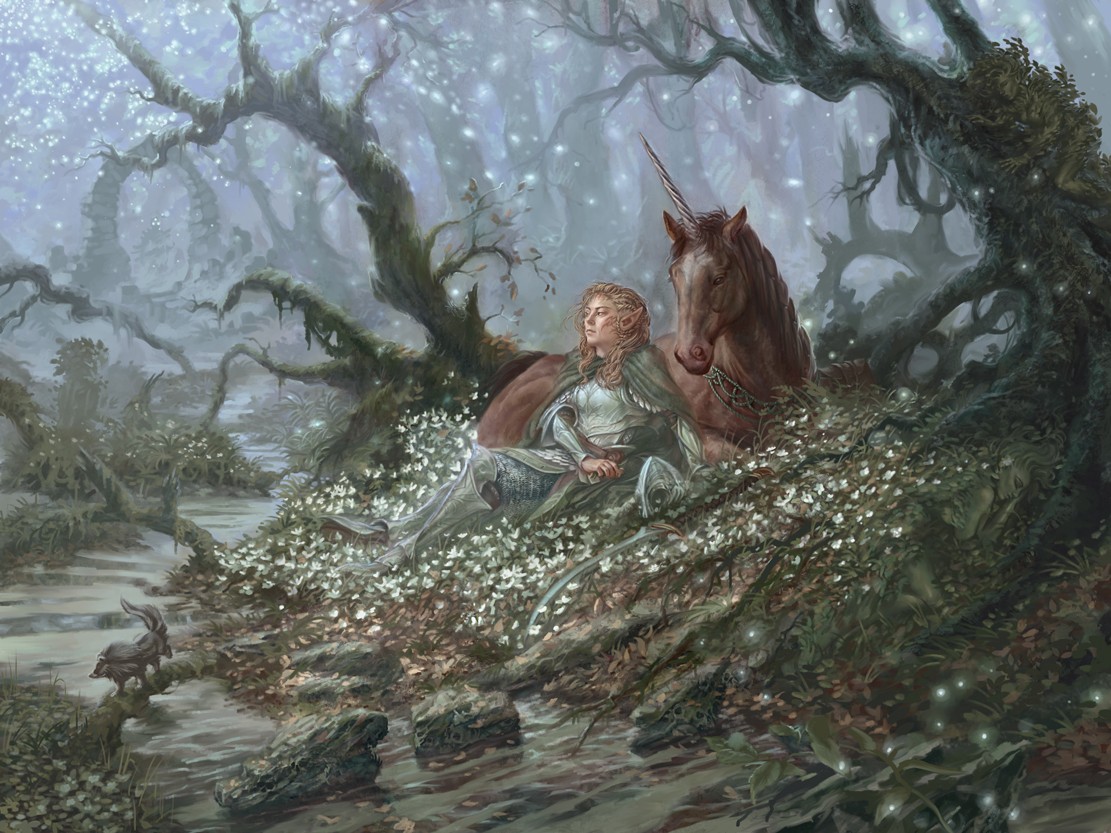
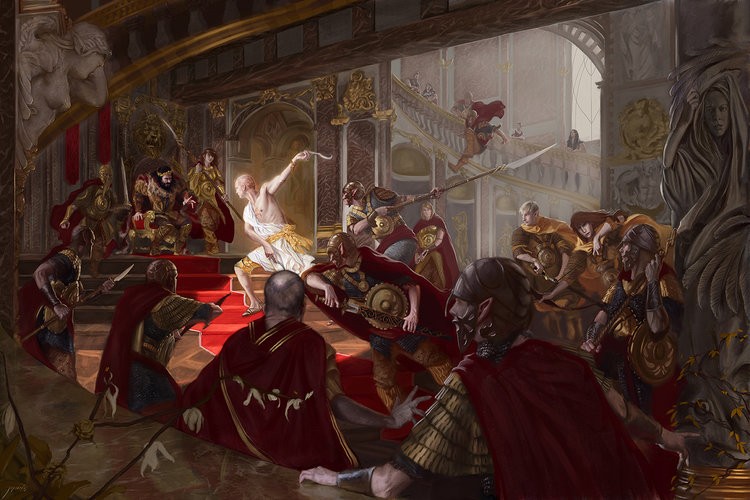
Allen, love having you share your insights with us. Before we ask you more questions, maybe you can take a moment to introduce yourself to our readers who might have missed our earlier conversations?
I grew up in rural Mississippi surrounded by fields. There wasn’t much to do other than go to school. I spent a lot of my younger days getting lost in countless books and what video games my parents were willing to afford. I used to draw the characters from books in my class notebooks when I should have been paying attention. That’s something I always did, and people said I was good at it, but I never knew you could do it for a living! I originally wanted to be a teacher., but one day I looked at the copyright page of a book and saw “illustrated by.” It had never dawned on me that someone was paid to make those. From then, I was hooked. I spent every waking moment from high school to now trying to get one one of those book covers. I’m happy to say- I did.
I started out specializing in character-focused work like portraiture or narrative illustration. I grew up looking at classical works from history, so I like to make my paintings feel historical. As often as I can, I pull from and mix different aspects of history or some homage to another artist into my work. Often, my clients seek me out because my work captures a handmade look that becomes ever rarer in our digital age.
I’m most proud of my ability to compose good pictures, seeing the different elements abstractly and fitting them together with a sense of movement or grandeur that I’m trying to capture while making everything feel homogeneous.

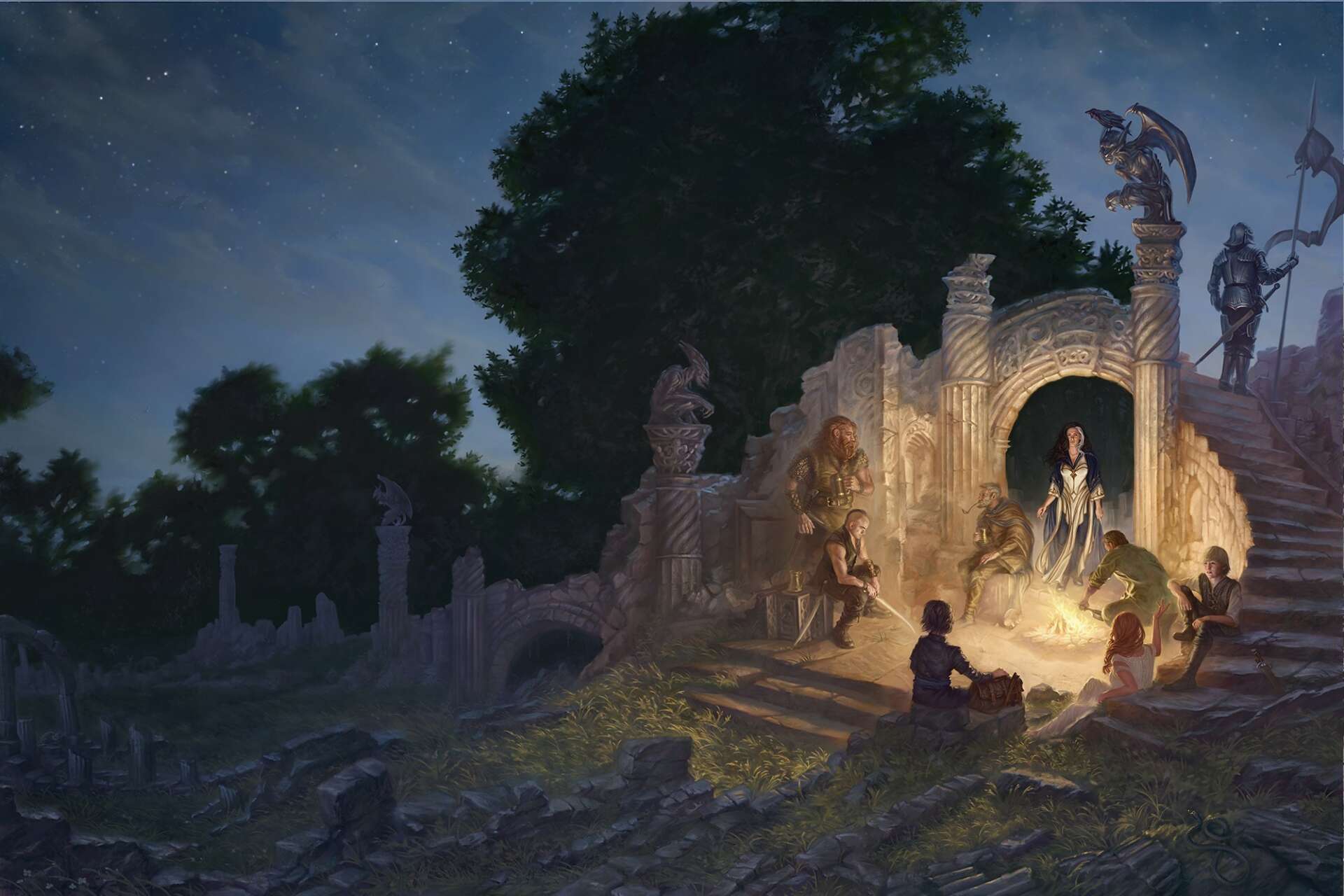
Have you ever had to pivot?
That’s happening right now. My dream has always been to become a published illustrator. I’m grateful to see that come to fruition, but sometimes I manage to overbook myself and it’s hard to see a light at the end of that tunnel of work. Each time this has happened, I’ve come out of that tunnel yearning to be creative for my own sake- not for money or exposure, but something simple. I
From this, I usually paint something personal. Over the years, I began to have a small collection of personal work. Recently, I began showing this personal work at conventions beside my illustrative material. The personal images have quickly become my best selling prints by a long shot. It’s not even close.
From a business perspective, I’d be foolish not to catch onto that. So, I’ve been squirreling away some hours here and there to expand that collection. Right now, I’m still taking on the same amount of clients, and illustrative work will always be in my heart, but I’m looking forward to a day where my own personal voice can pay the bills just as well!
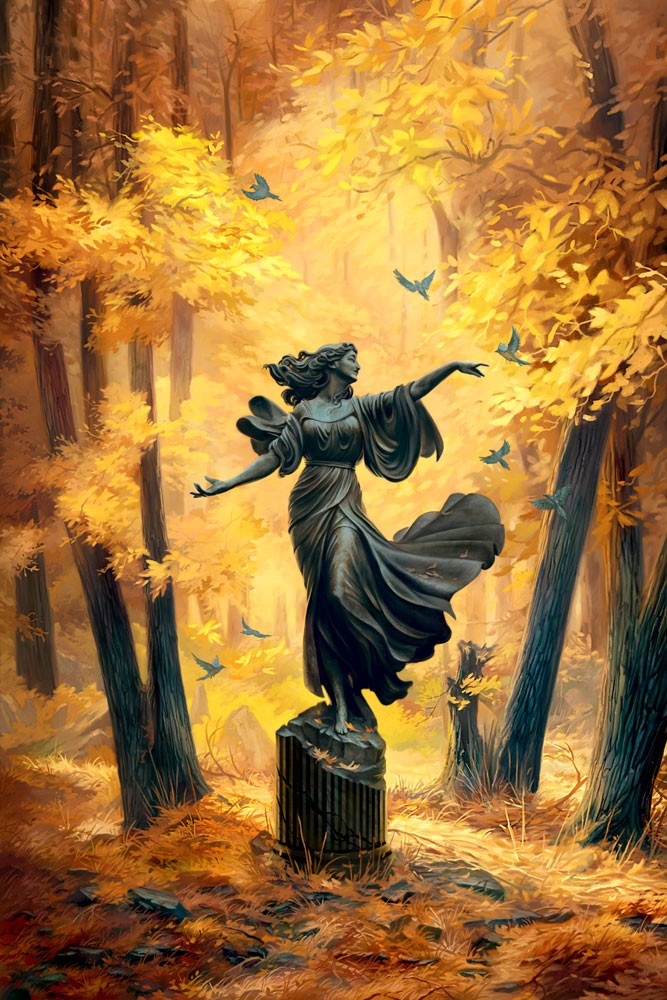
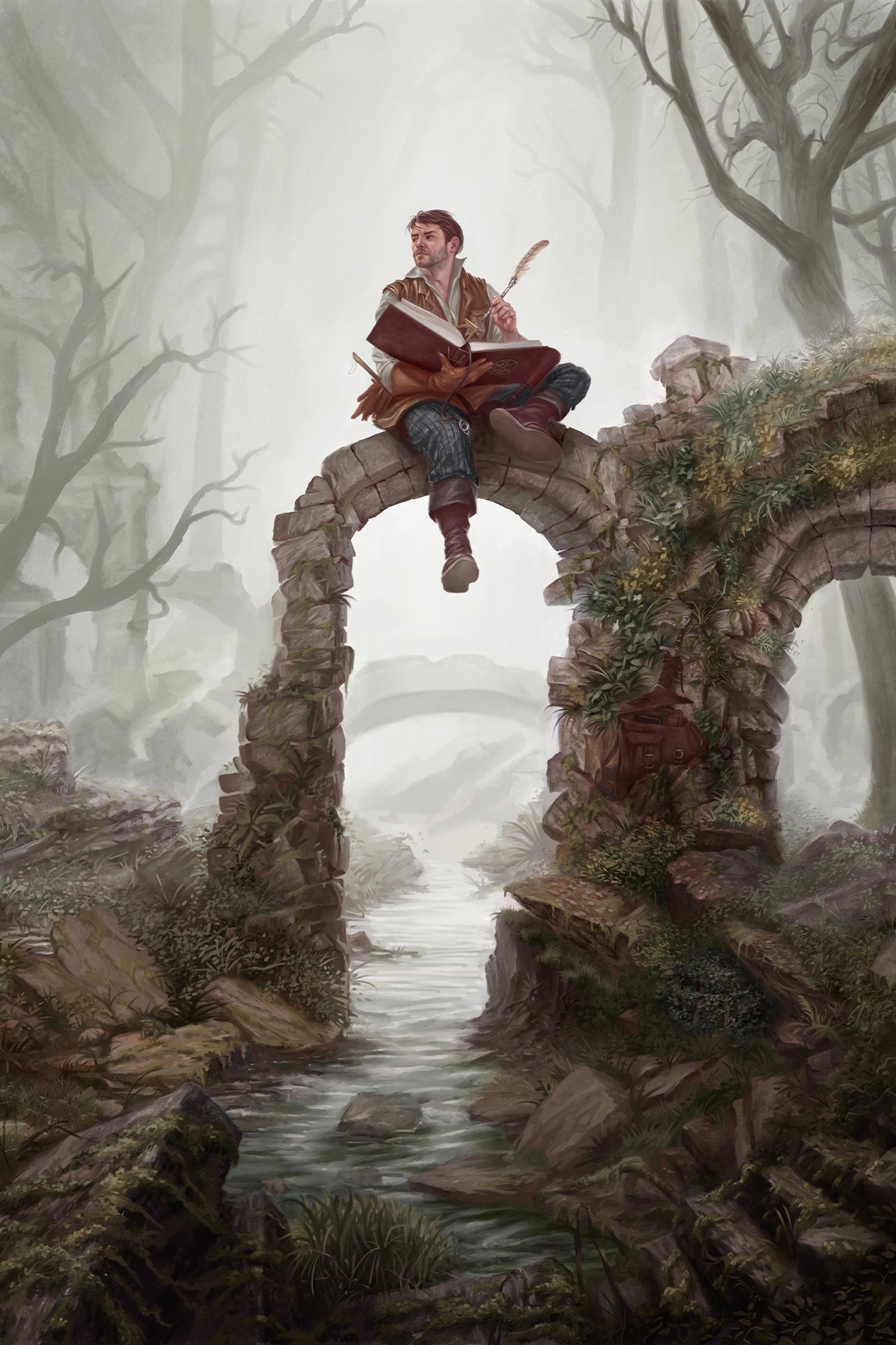
Looking back, are there any resources you wish you knew about earlier in your creative journey?
Spreadhseets and calendars. When you’re starting out as an artist you imagine a Picasso type whiling away their time drinking wine and chatting with peers, painting when the muse strikes them. I suspect that even for the luckiest creatives this is not the case- that even the Jeremy Mann’s of the world spend a good deal of their time on the business end of things. It didn’t take me long after I started seriously making print sales and taking on more and more clients to realize that I was playing on a house of cards. It’s easy to lose track of things, to think you’re in the black when you’re really breaking even, or to have to ask for an extension because that deadlines creeping up too soon.
When I’m really busy, I’ll even log the hours of my day as I go so I can be my own boss, making sure I’ve gotten every hour in that I need to and not taking too many breaks.
Contact Info:
- Website: https://www.allenmorrisart.com
- Instagram: https://www.instagram.com/allenmorrisart
- Facebook: https://www.facebook.com/allen.morris.3152


